Common Ant Species in Toronto and the GTA
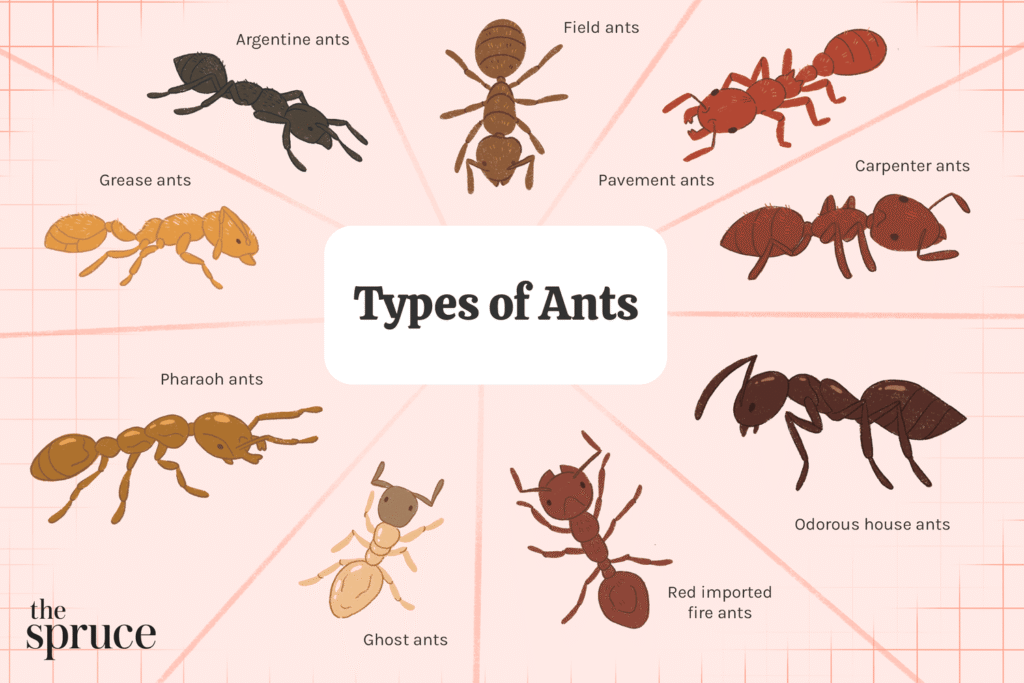
Carpenter Ants Carpenter ants are one of the largest ant species in Canada. They are black or dark brown and can reach up to 13 mm in length. Unlike termites, carpenter ants don’t eat wood, but they excavate tunnels inside wood to build their nests, which can damage your home’s structure. Signs of Carpenter Ants […]
Flies vs. Fleas: Key Differences and How to Protect Your Home
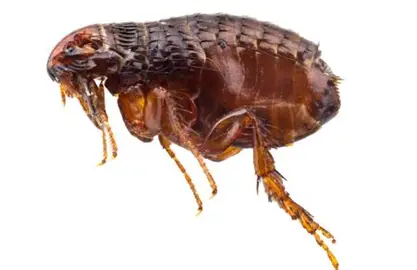
Flies and fleas are common household pests that can cause annoyance and even health risks. While both are small and unwelcome, they have distinct differences in biology, behavior, and the problems they cause. Understanding these differences is key to effectively preventing and eliminating them from your home. Key Differences Between Flies and Fleas 1. Appearance […]
Carpenter Ant Damage and Signs: How to Identify an Infestation
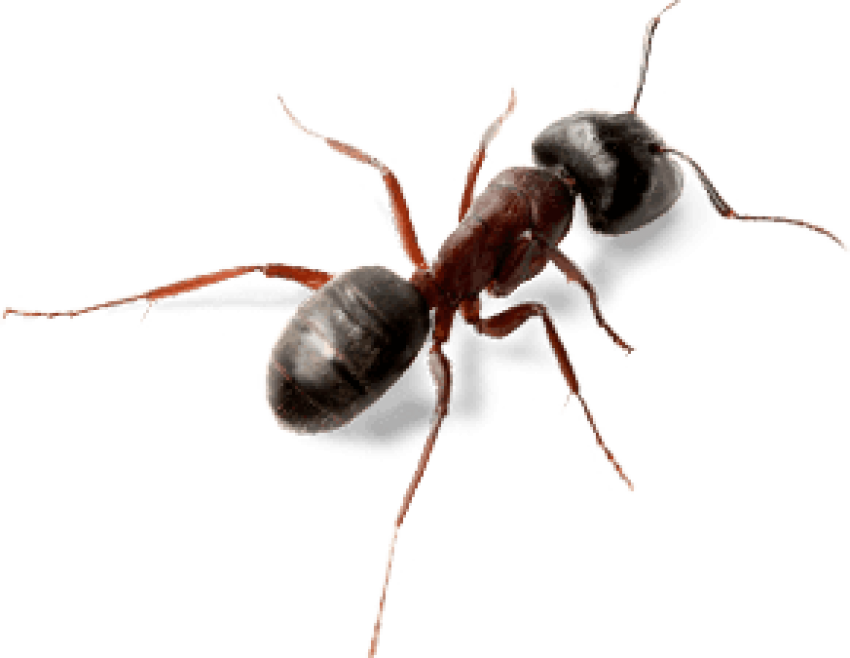
Carpenter ants are among the most destructive pests that can invade your home. Unlike termites, they don’t eat wood—instead, they excavate it to build their nests, which can lead to serious structural damage over time. Recognizing the signs of carpenter ant activity early can save you from costly repairs. In this guide, we’ll cover:✔ How […]
How to Control Rodent Activity at Home and Prevent Future Infestations
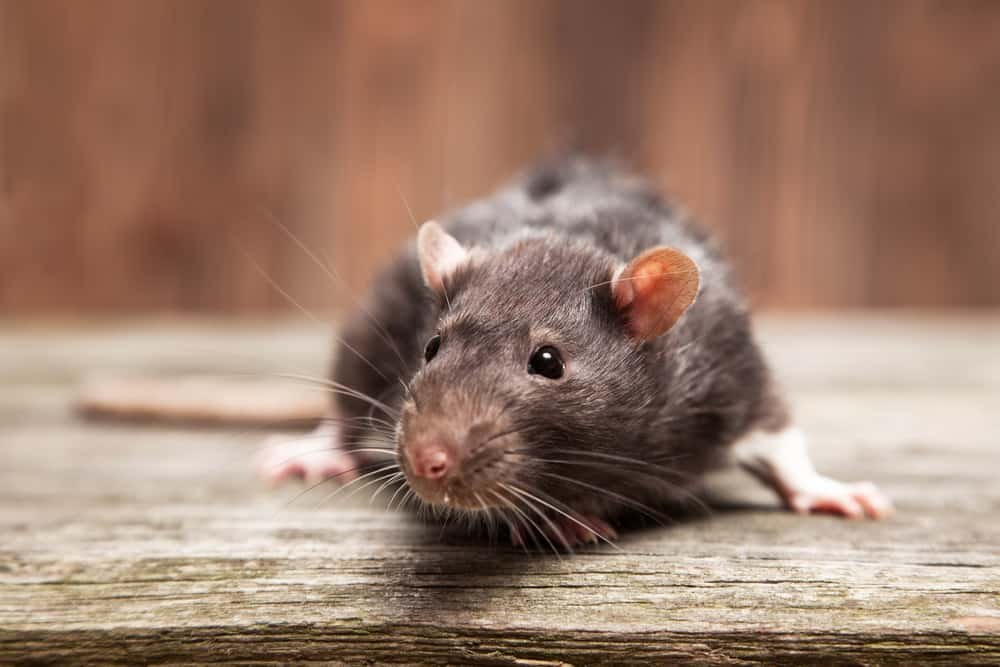
Rodent Control – Vanish Pest Control Introduction Rodents like mice and rats are common household pests that can cause property damage, spread diseases, and contaminate food. If you’ve noticed signs of rodent activity, such as droppings, gnaw marks, or scratching noises. This guide covers how to control rodents and prevent future infestations using proven methods. […]
The Impact of Carpenter Ants on Your Home: A Comprehensive Guide
Introduction to Carpenter Ants Carpenter ants (Camponotus spp.) are one of the most common pests that can impact homes in various regions. Recognizable by their sizeable black or bicolored bodies, these ants can measure between ¼ to 1 inch in length. Unlike termites, which consume wood, carpenter ants are known for excavating it to create […]
Understanding Cockroach Infestation: How They Invade Our Homes
Introduction to Cockroach Infestation Cockroach infestations in homes pose a significant concern for homeowners and renters alike. These resilient pests, known for their adaptability and rapid reproduction rates, are more than just unsightly; they can also pose health risks to humans. Common species such as the German cockroach, American cockroach, and Oriental cockroach are frequently […]
Bites on My Skin: Is It a Bedbug or an Allergy? Differences and What to Do
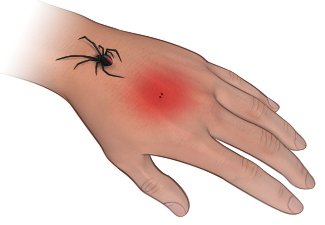
Understanding Skin Bites: An Overview Skin bites can arise from various sources, leading to a range of reactions on the skin. Insects, such as mosquitoes, fleas, and bedbugs, are common culprits, while allergic reactions to certain foods, medications, or environmental agents can also manifest similarly. This section aims to clarify the differences between insect bites […]
How Raccoons and Squirrels Invade Your Attic and How to Keep Them Out
Introduction to Attic Intruders Wildlife invasion poses a significant concern for many homeowners, particularly when it comes to unwelcome guests such as raccoons and squirrels. These creatures often seek refuge in attics, drawn in by a combination of factors that suit their natural instincts and needs. One of the primary reasons these animals invade attics […]
Wasp Infestation: How to Prevent and Solve the Problem Effectively
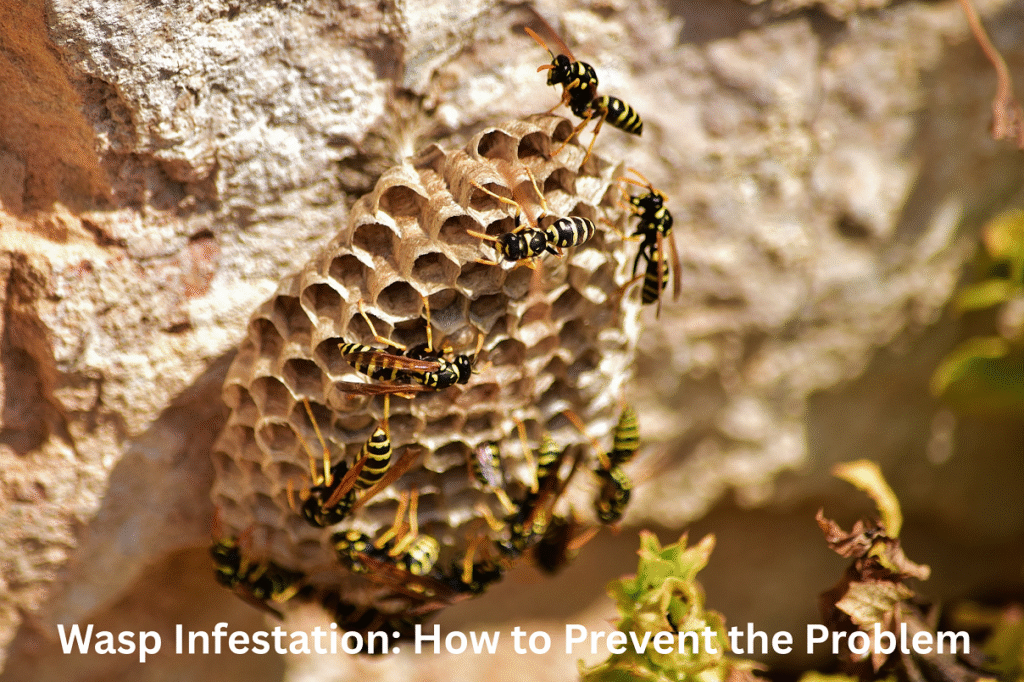
Introduction Wasp infestations can be more than just a nuisance—they can be dangerous, especially for those allergic to stings. In the warmer months, wasps often build nests near homes and commercial properties, leading to increased human contact. In this guide, we’ll explore the signs of a wasp infestation, why it occurs, and—most importantly—how to prevent […]
Noise In my kitchen wall ! Is it a Rat or Squirrel
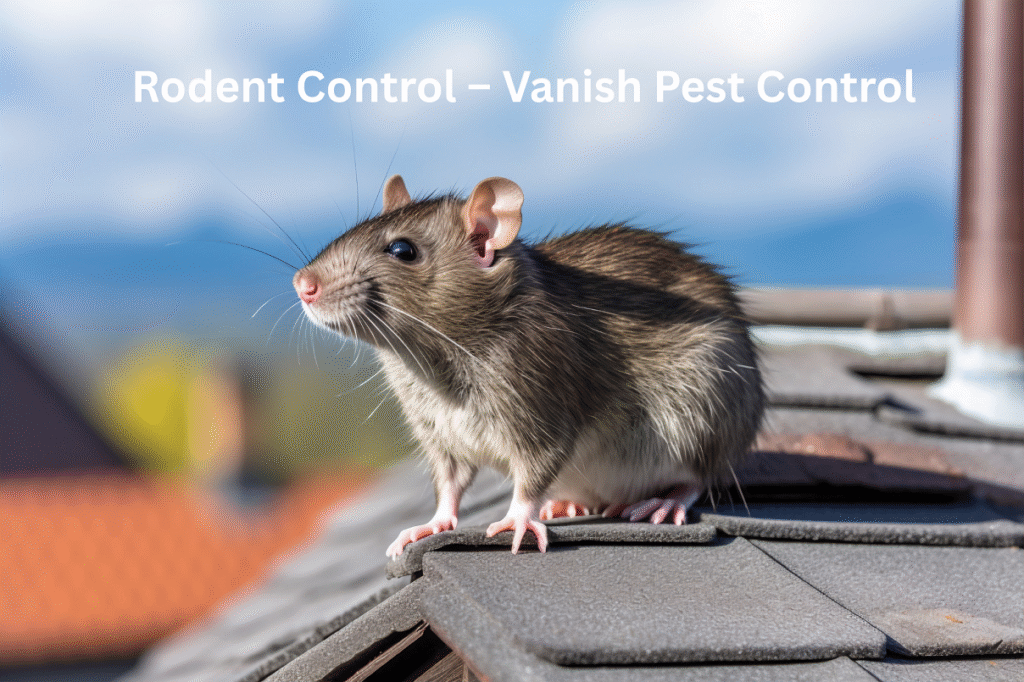
Scratch, Scratch, Scamper: Is it a Rodent or a Squirrel in Your Wall? Hearing strange noises inside your walls can be unsettling. Is it just the house settling, or could you have unwanted guests? Rodent Control – Vanish Pest Control If the sounds are scurrying, scratching, or gnawing, you might have rodents or squirrels. But […]
